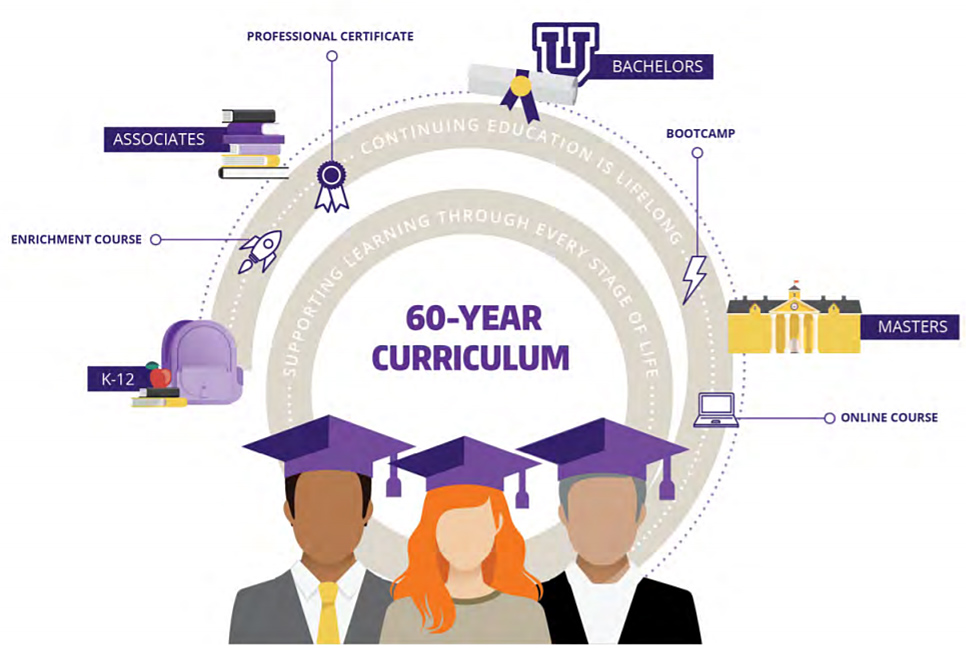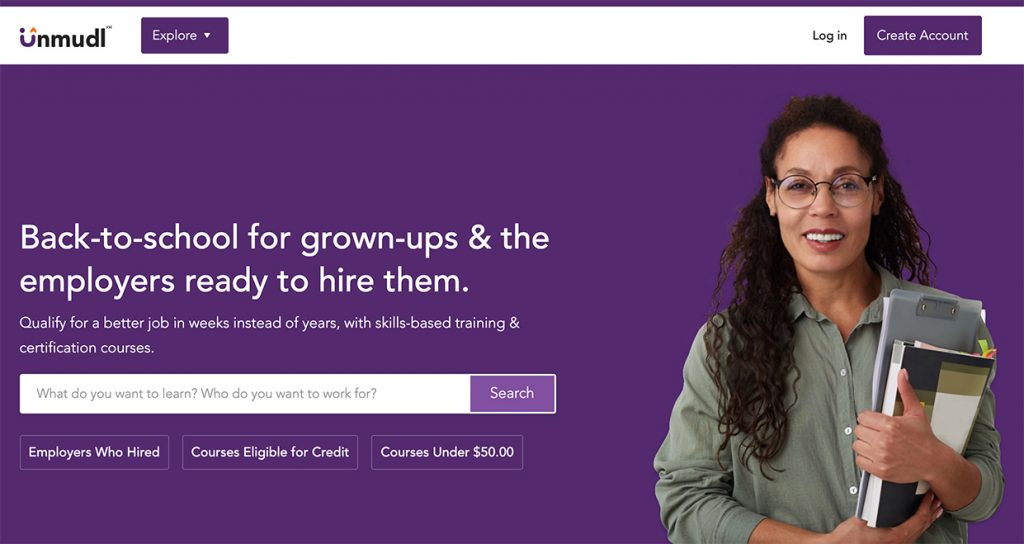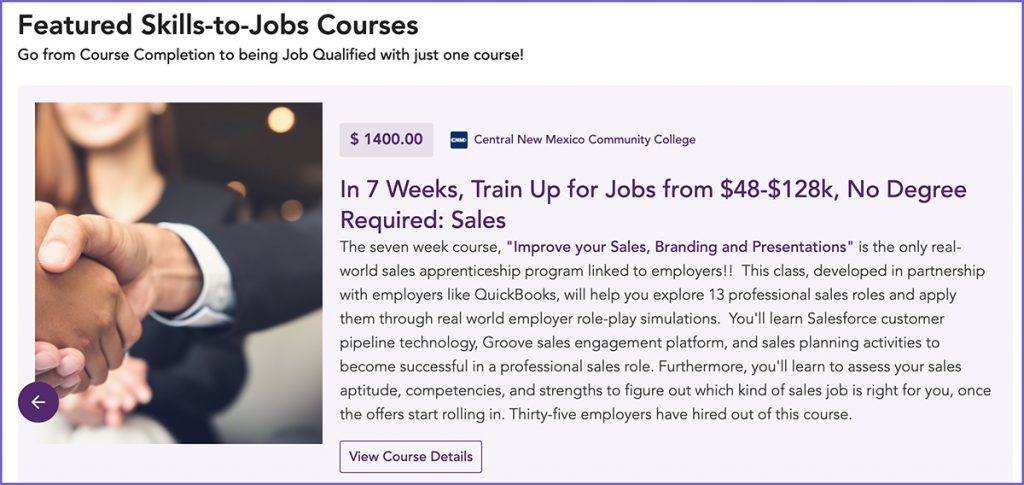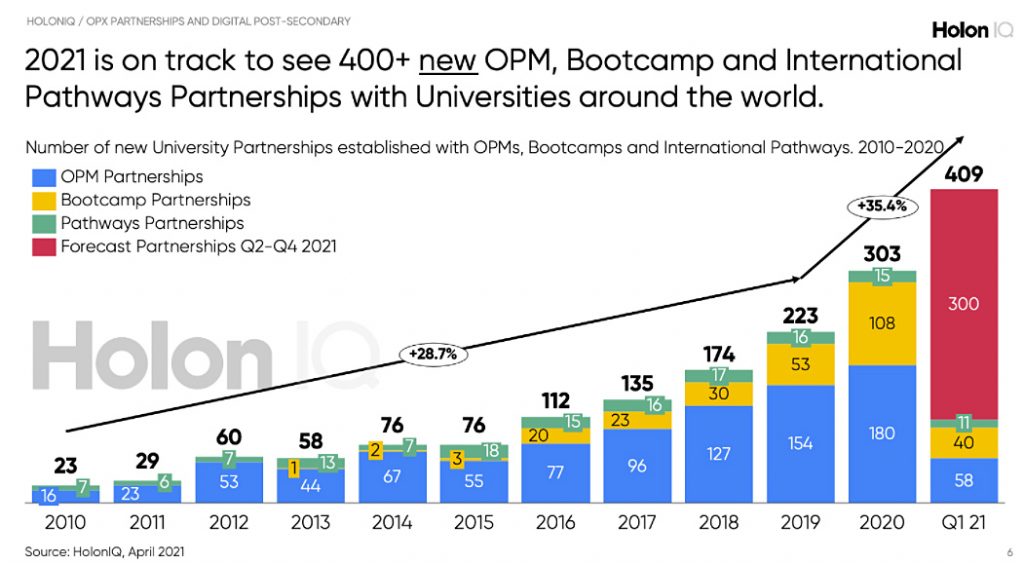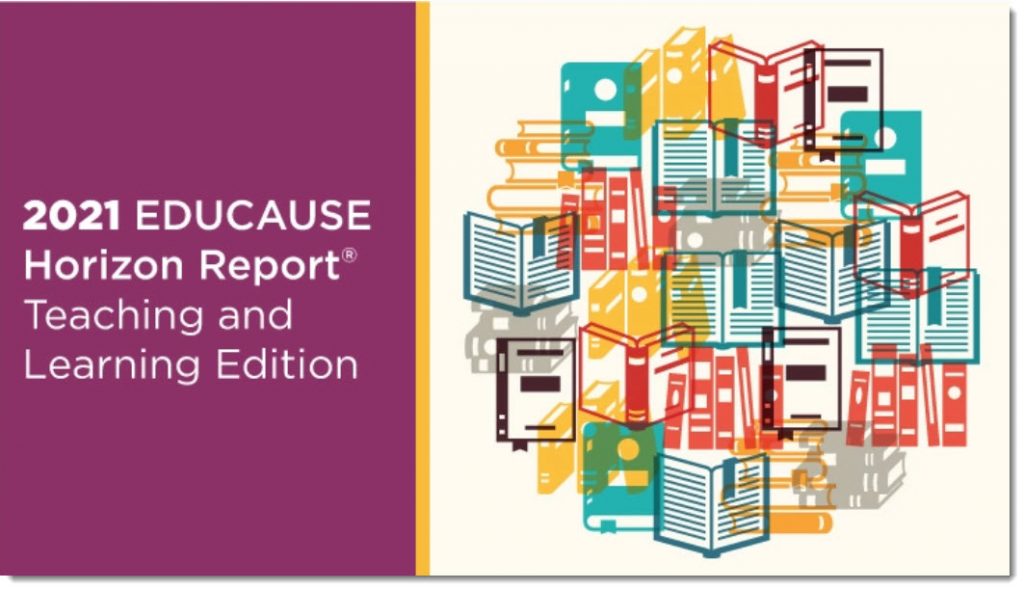It’s time for leaders to get real about hybrid — from mckinsey.com by Aaron De Smet, Bonnie Dowling, Mihir Mysore, and Angelika Reich
Employers are ready to get back to significant in-person presence. Employees aren’t. The disconnect is deeper than most employers believe, and a spike in attrition and disengagement may be imminent.
Excerpt:
Once in a generation (if that), we have the opportunity to reimagine how we work. In the 1800s, the Industrial Revolution moved many in Europe and the United States from fields to factories. In the 1940s, World War II brought women into the workforce (if not the C-suite) at unprecedented rates. In the 1990s, the explosion of PCs and email drove a rapid increase in productivity and the speed of decision making, ushering in the digital age as we know it today. And in 2020, the COVID-19 pandemic drove employees out of offices to work from home. Thanks to the development and wide distribution of COVID-19 vaccines, 2021 presents another such opportunity. The return to the workplace is a chance to create a new, more effective operating model that works for companies and people navigating a world of increasing uncertainty. There is, however, one big catch: employers must confront the broadening disconnect between how they and their employees see the future.









